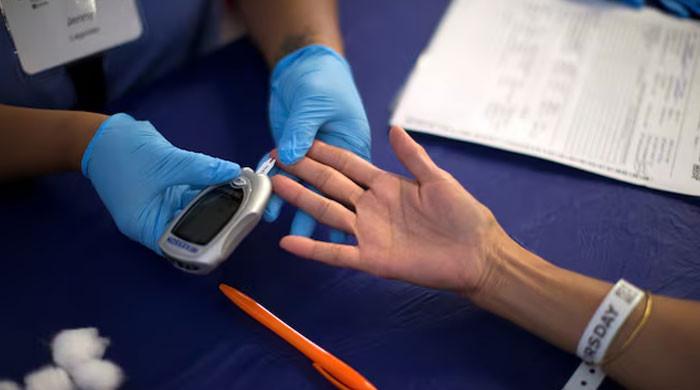Malnutrition can cause its own form of diabetes, health experts said on Thursday, calling for “type 5 diabetes” to be recognized globally to help fight the disease in countries already struggling with poverty and hunger.
The most common form of diabetes, type 2, can be caused by obesity and occurs when adults become resistant to the hormone insulin. Type 1, mostly diagnosed in childhood, occurs when the pancreas does not produce enough insulin.
But diabetes researchers have traced another form of the disease, which often appears in people aged under 30. It also affects insulin production, but is less severe than type 1.
And rather than being attached to being overweight or fat like type 2, it affects people who are underweight because they don’t eat enough.
A paper published in the Medical Journal The Lancet Global Health shows that more than 25 million people suffer from this “type 5 diabetes”, mostly in developing countries.
“We urge the international diabetes community to recognize this different form of the disease,” wrote the authors, reflecting a consensus reached by the International Diabetes Federation earlier this year.
The experts settled in calling this type of diabetes type 5, although types 3 and 4 have not been officially recognized.
Diabetes driven by malnutrition is not a new discovery in the 1980s and 1990s classified the World Health Organization a form of “malnutrition-related diabetes”.
But the UN agency gave up this classification in 1999 due to a lack of agreement among experts as to whether malnutrition alone was enough to cause diabetes.
Since then, several studies in countries, including Bangladesh, Ethiopia, India, Indonesia, Nigeria, Uganda, Pakistan and Rwanda, have indicated that this is possible.
The exact connection between malnutrition and this part of diabetes remains unknown. The effectiveness of existing diabetes treatments that do not focus on weight loss on type 5 is also unclear.
The best way to fight the disease involves supporting programs that are already working to combat poverty and hunger, the authors of the paper say.
This includes giving people access to “low costs, energy -tight stapler with high protein and complex carbohydrates” such as lentils, legumes, oil -enriched grains and fortified grains, they added.



